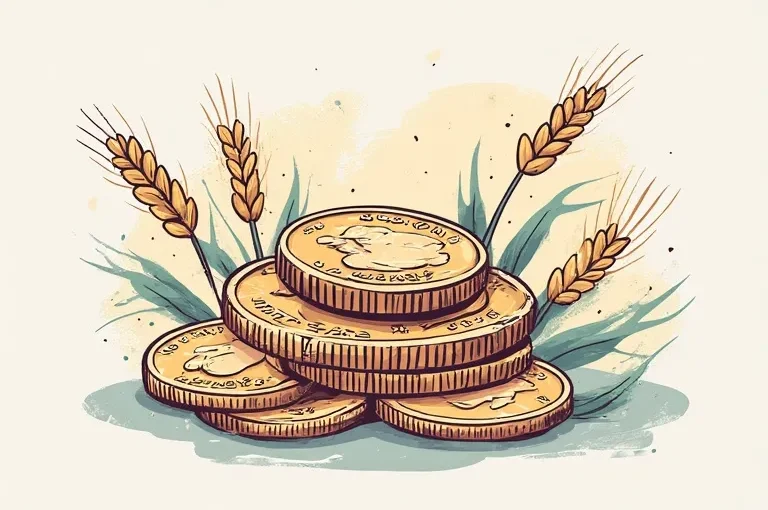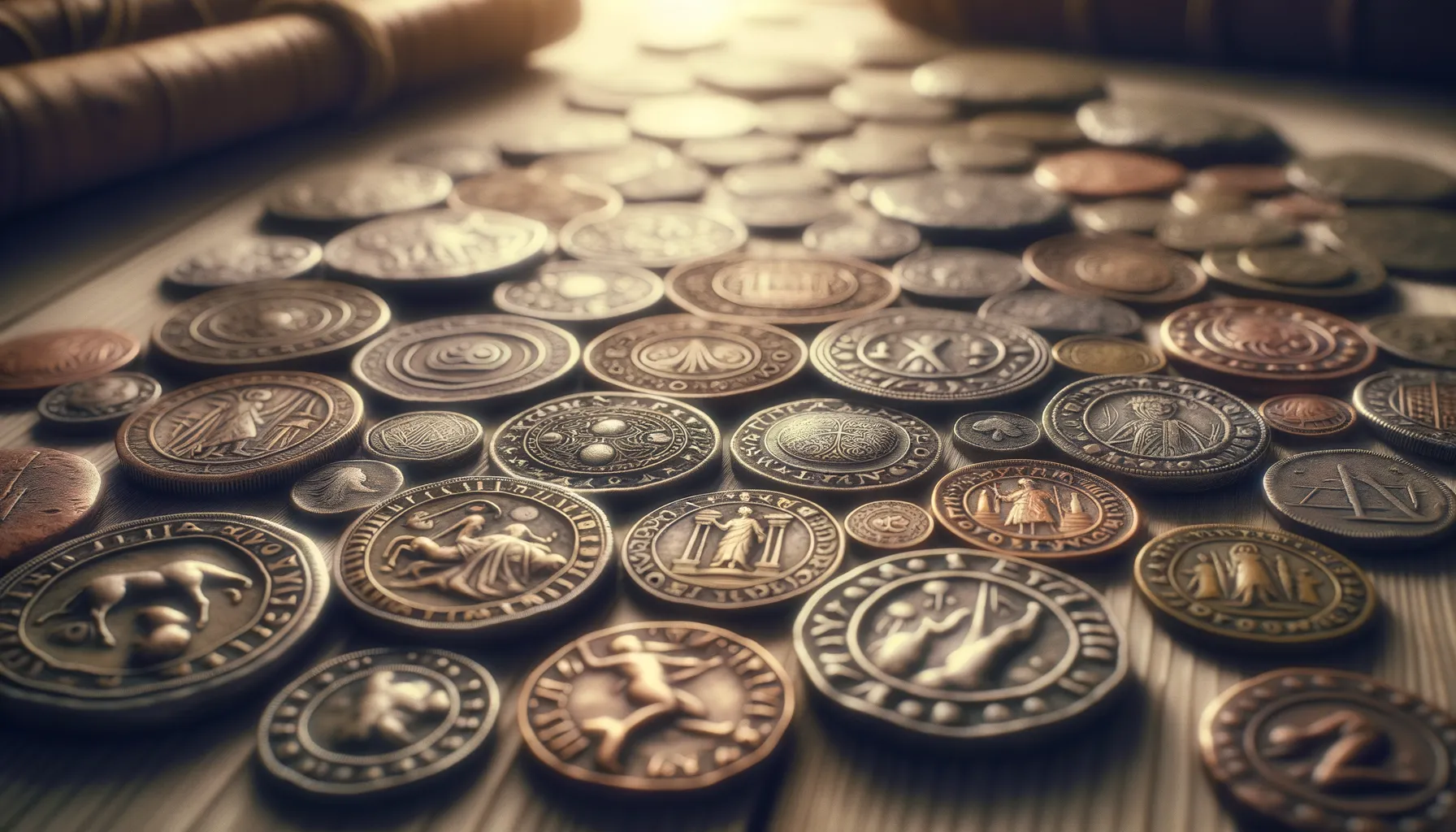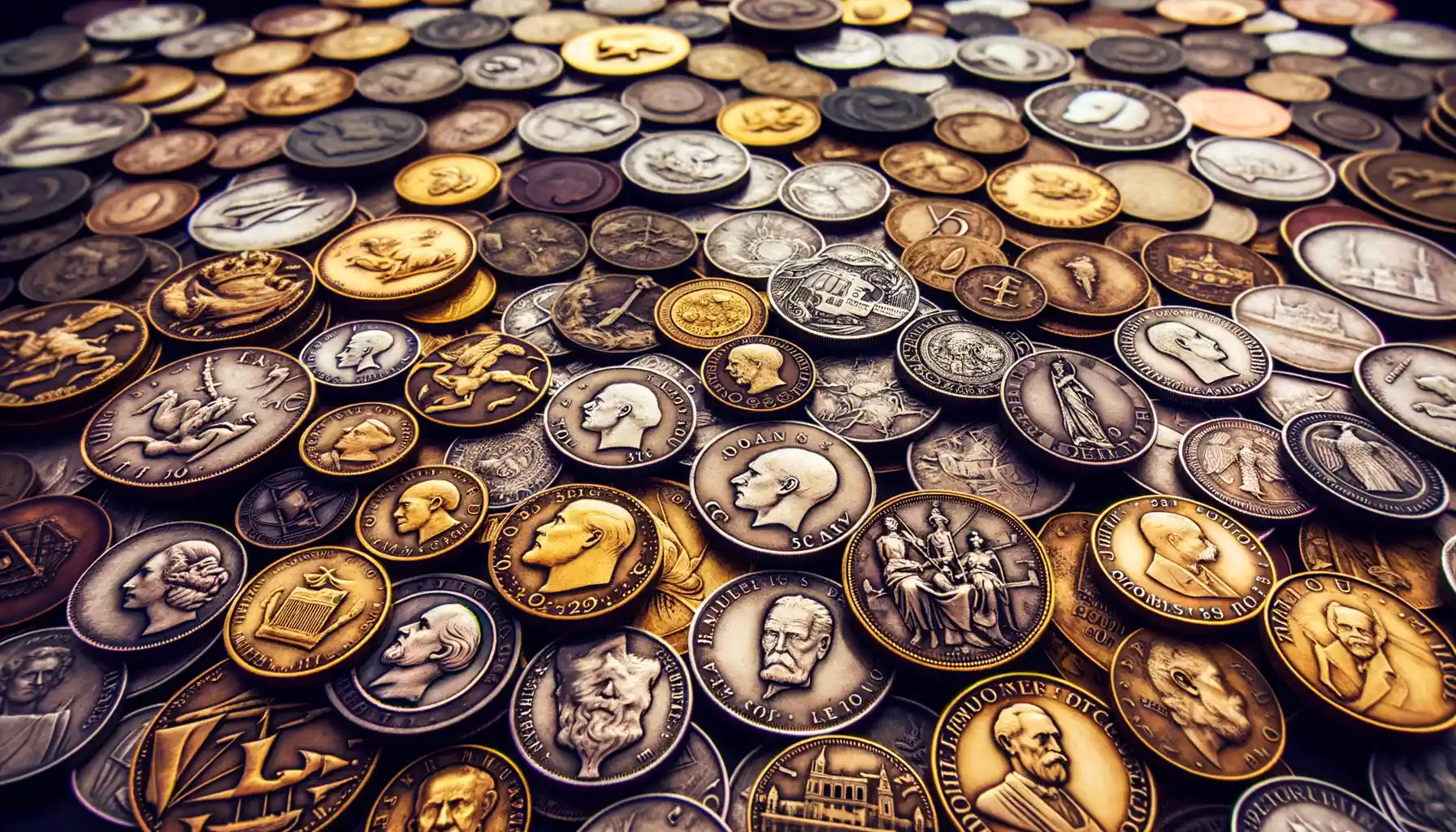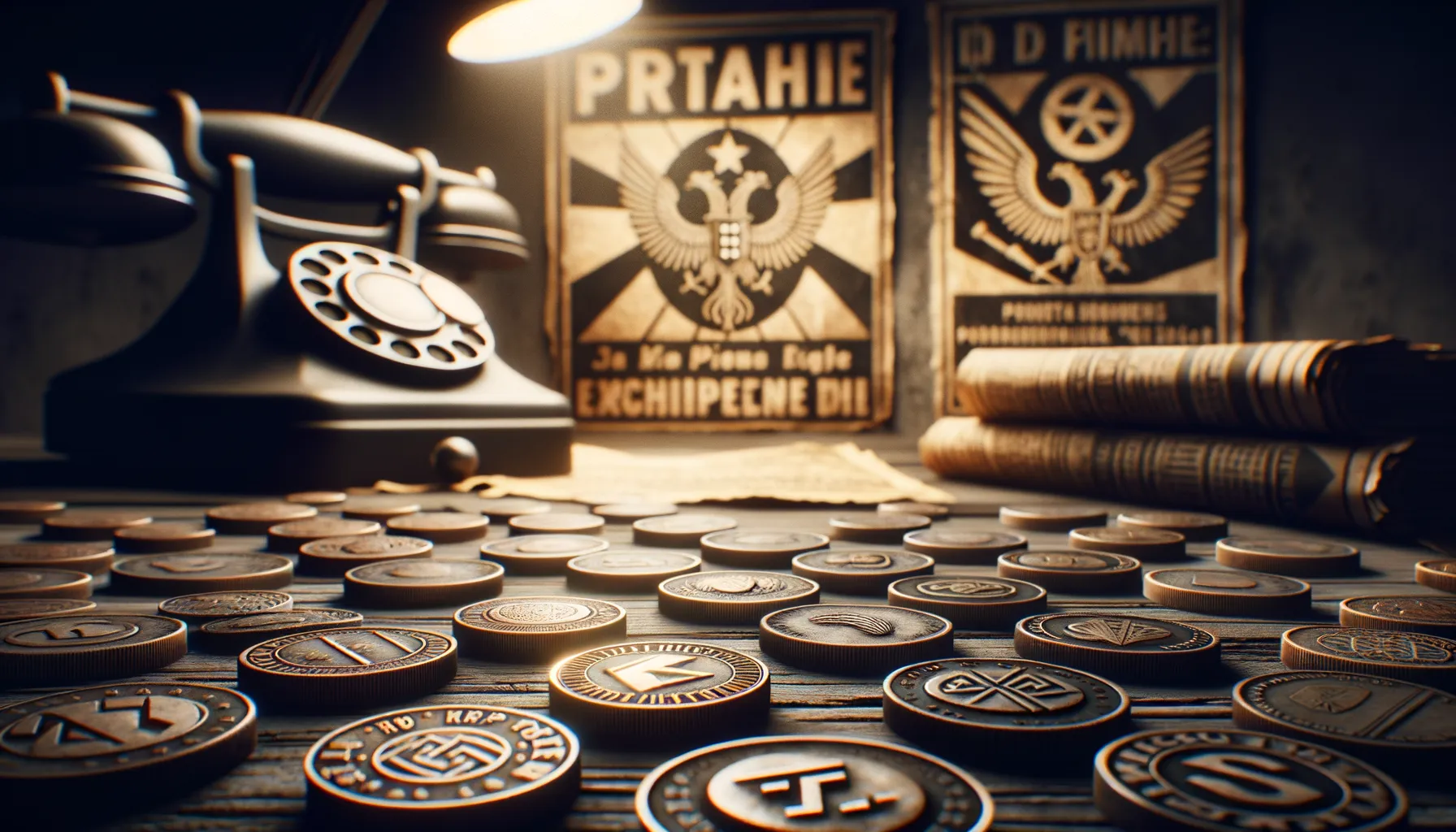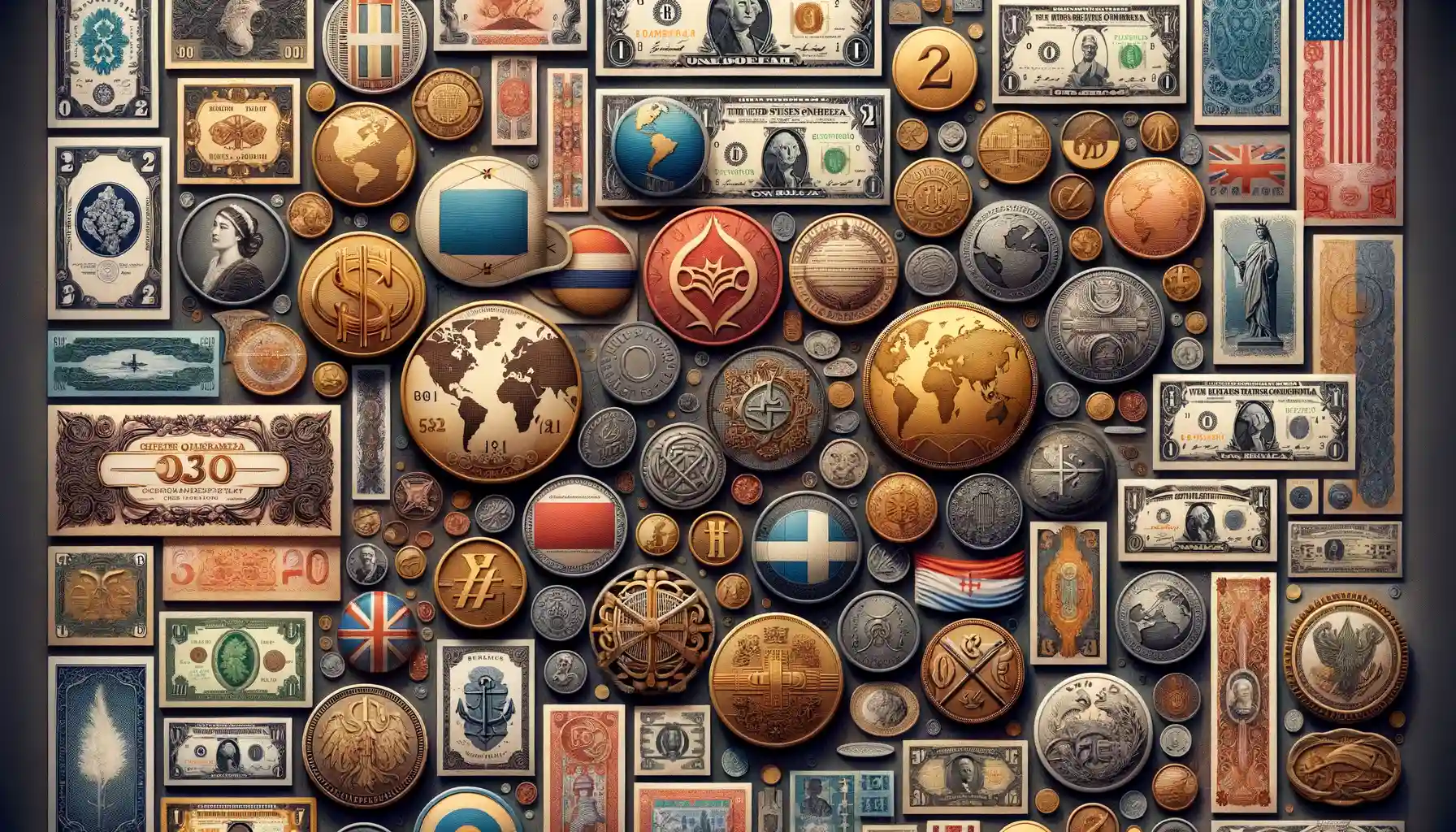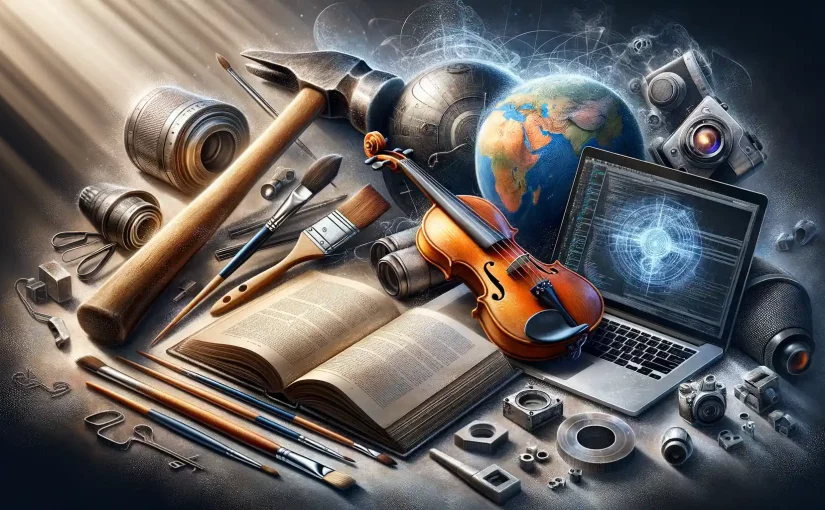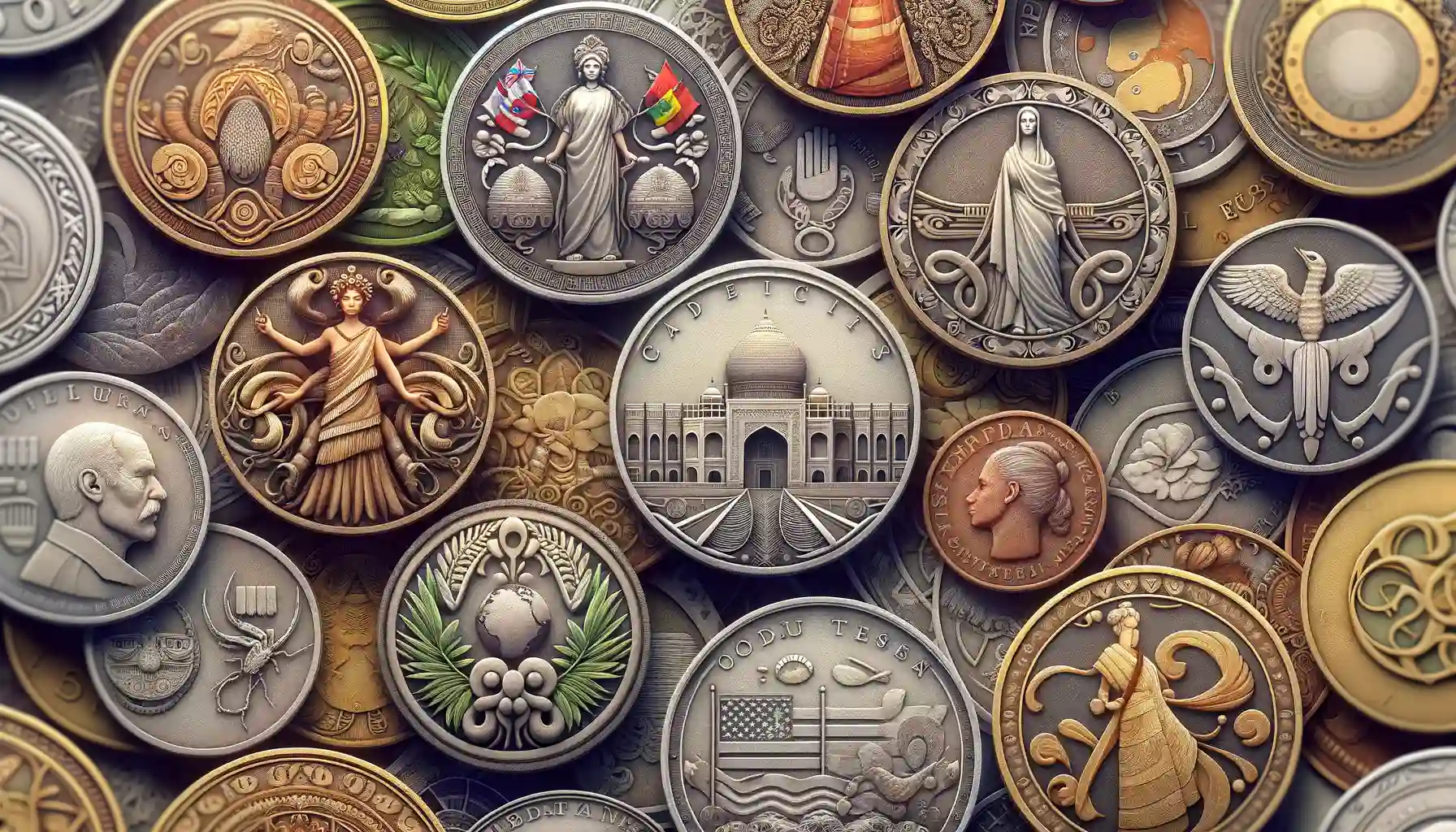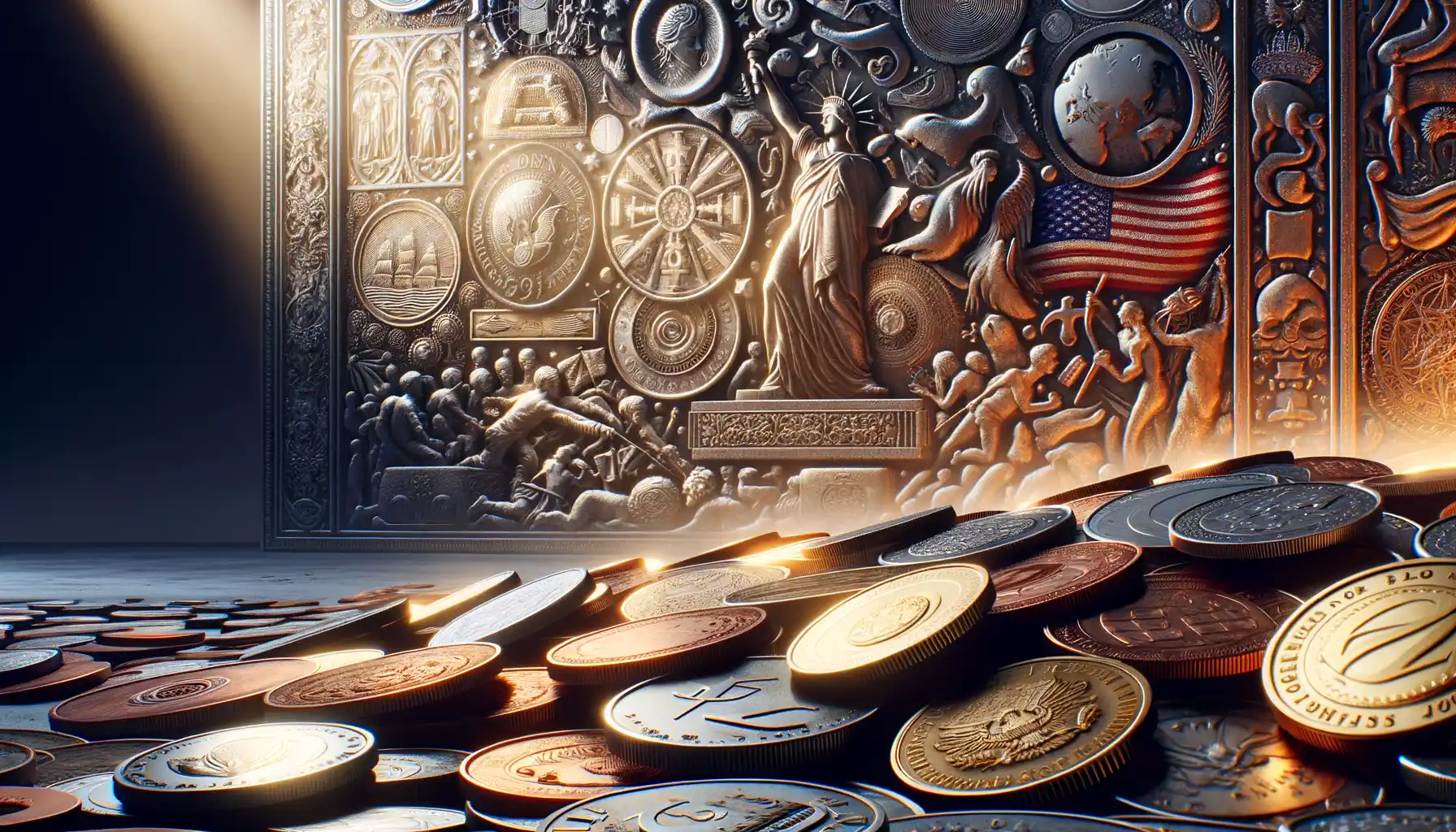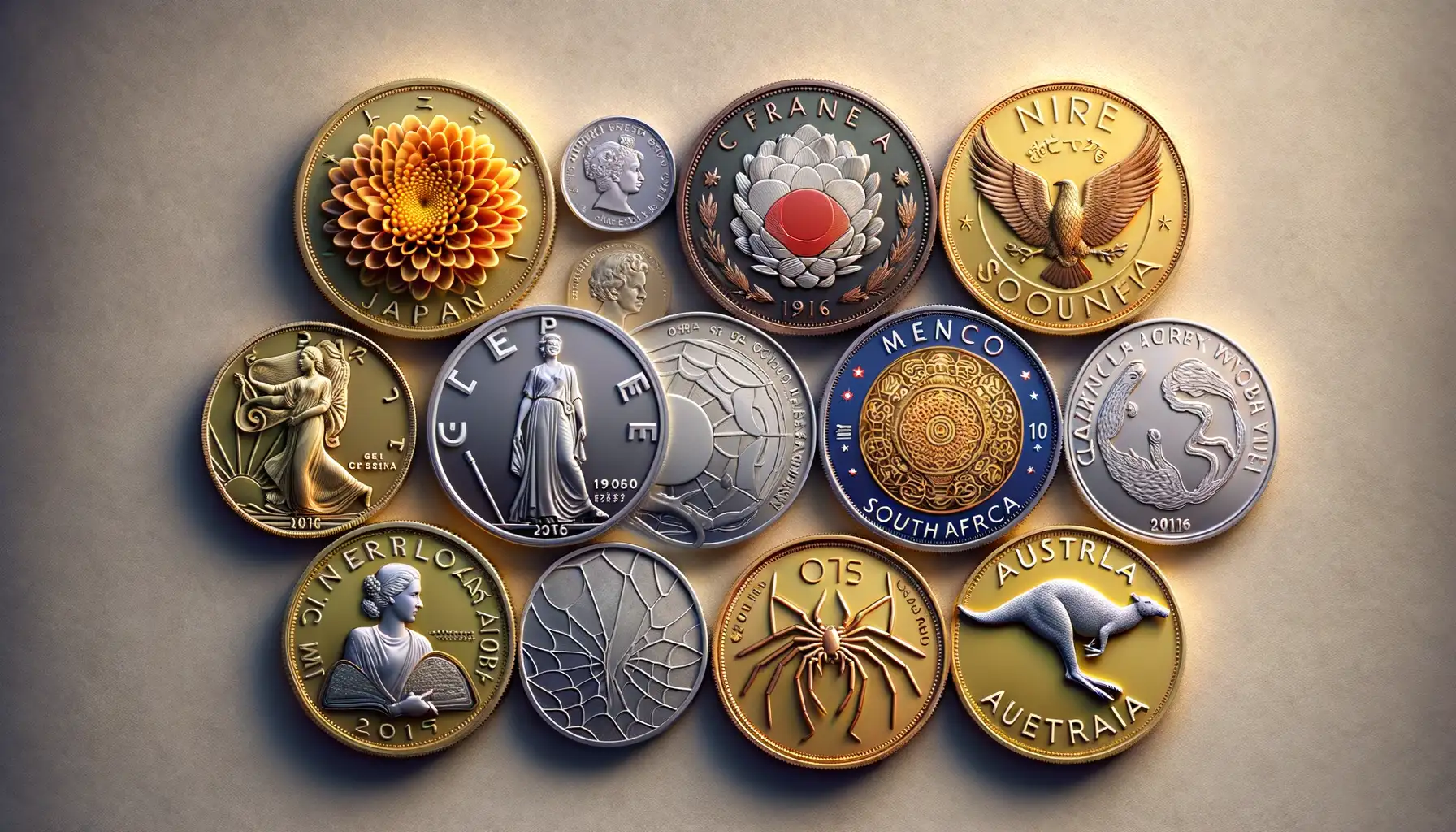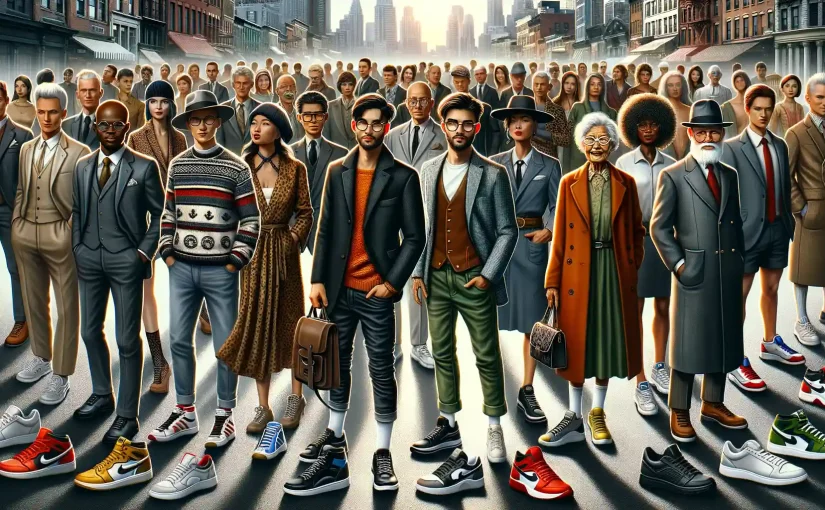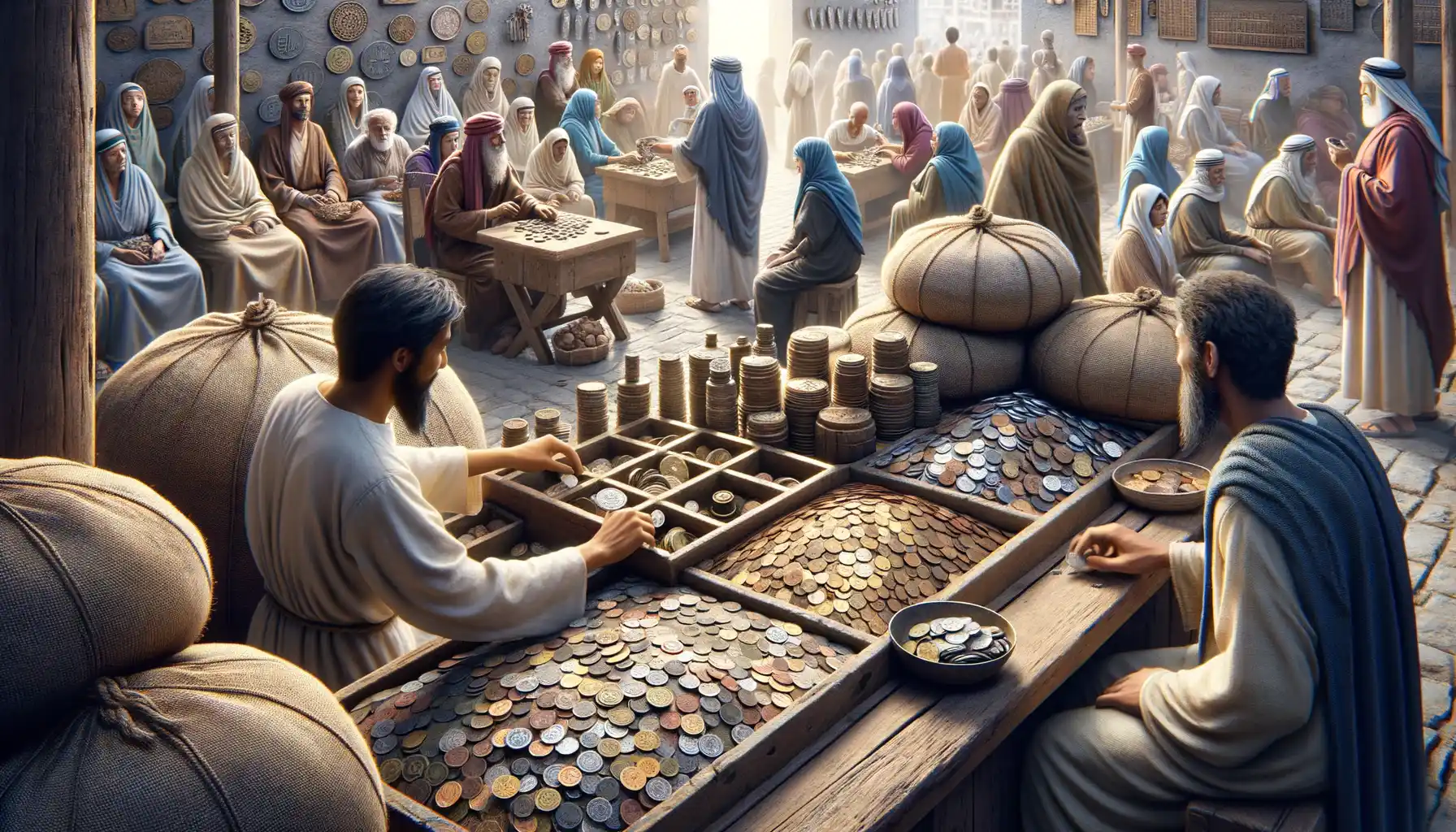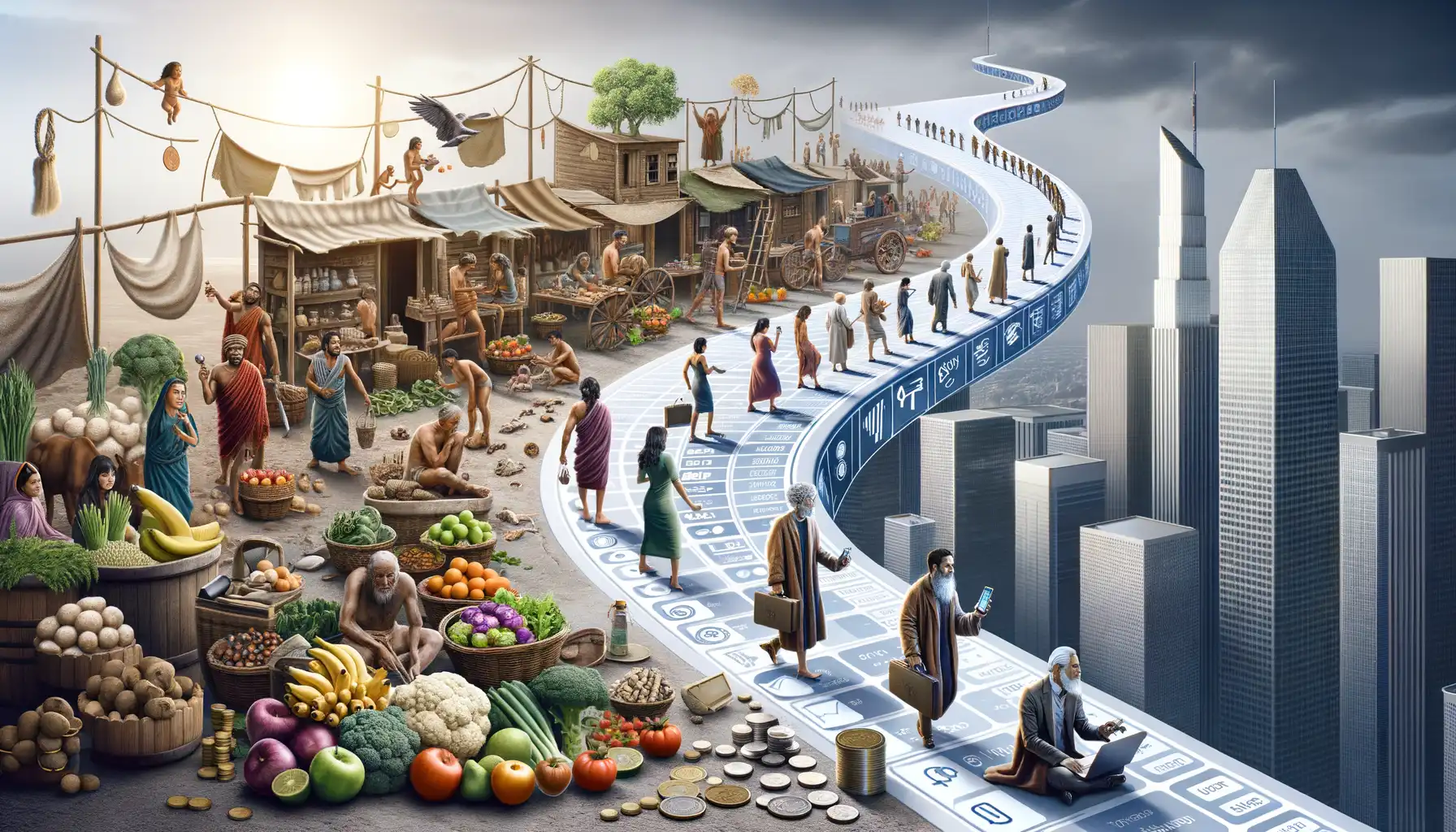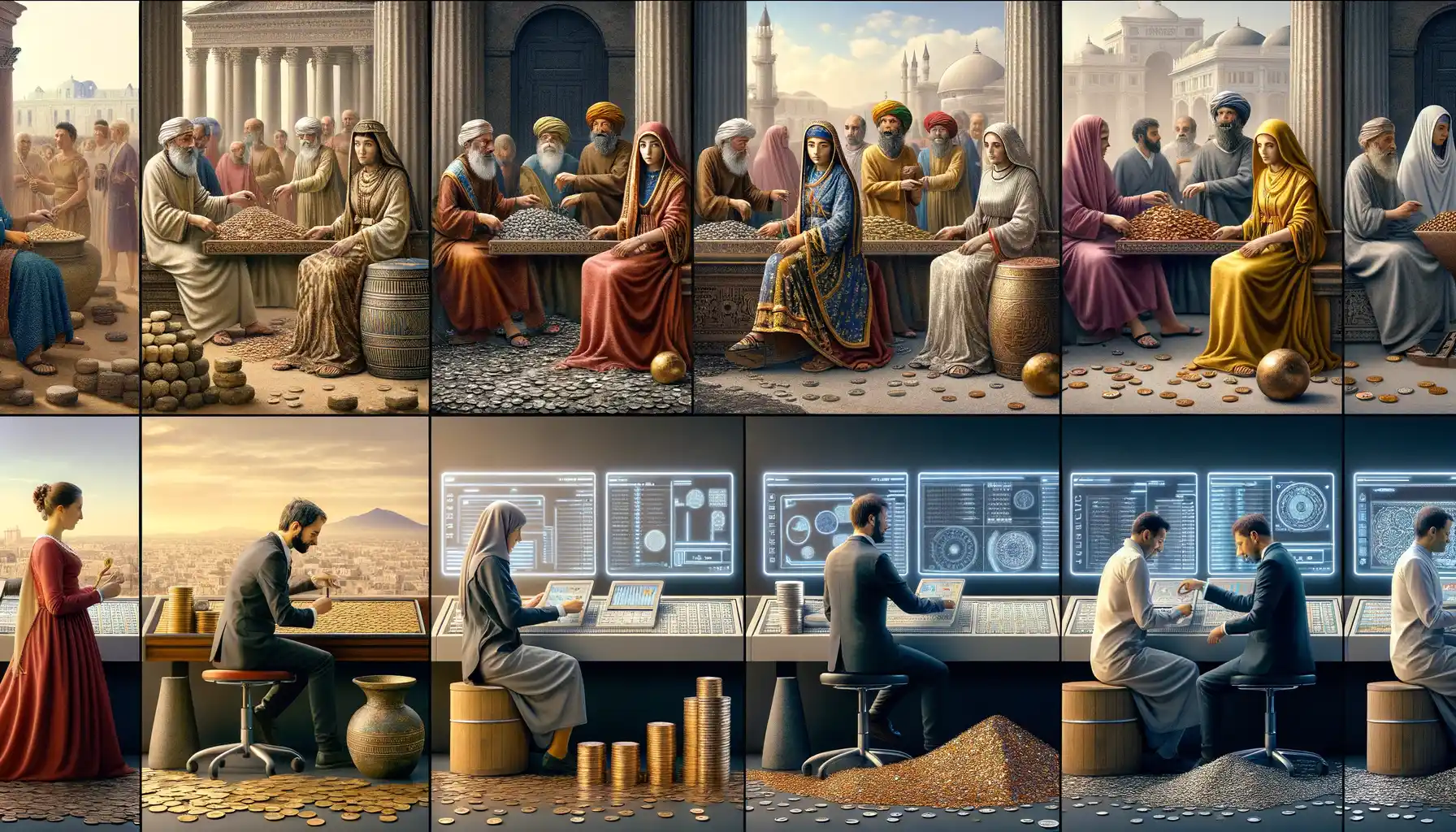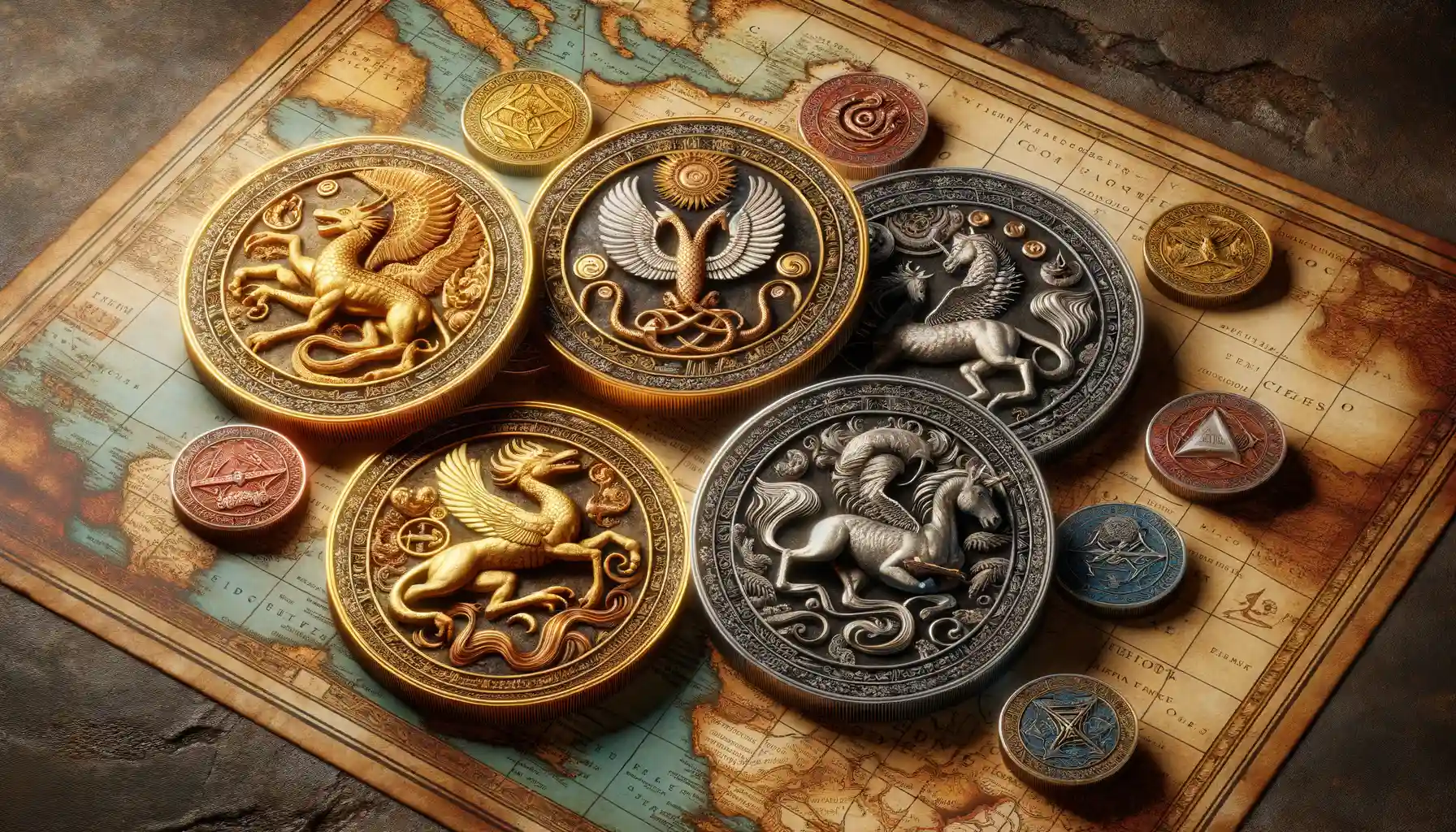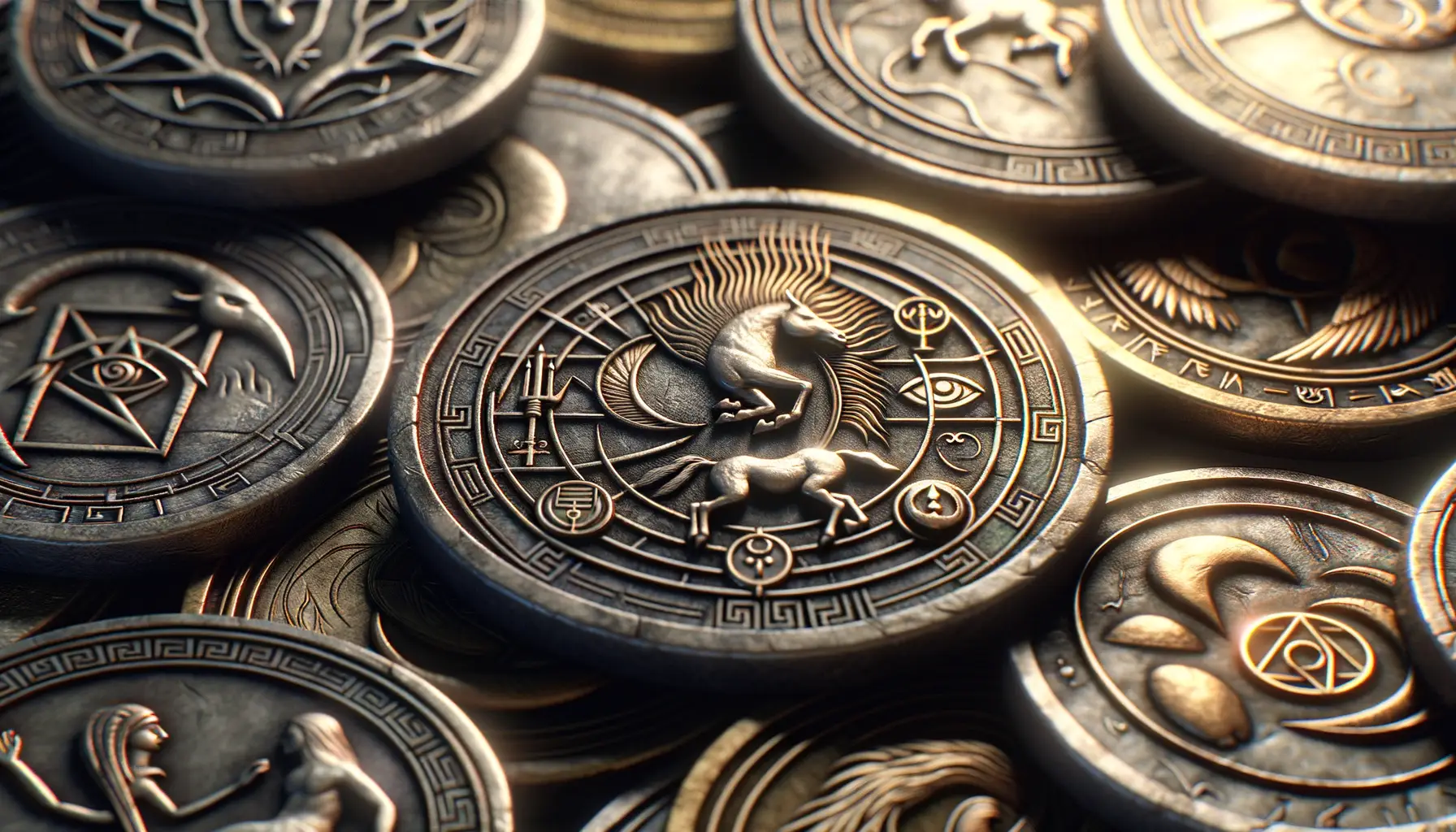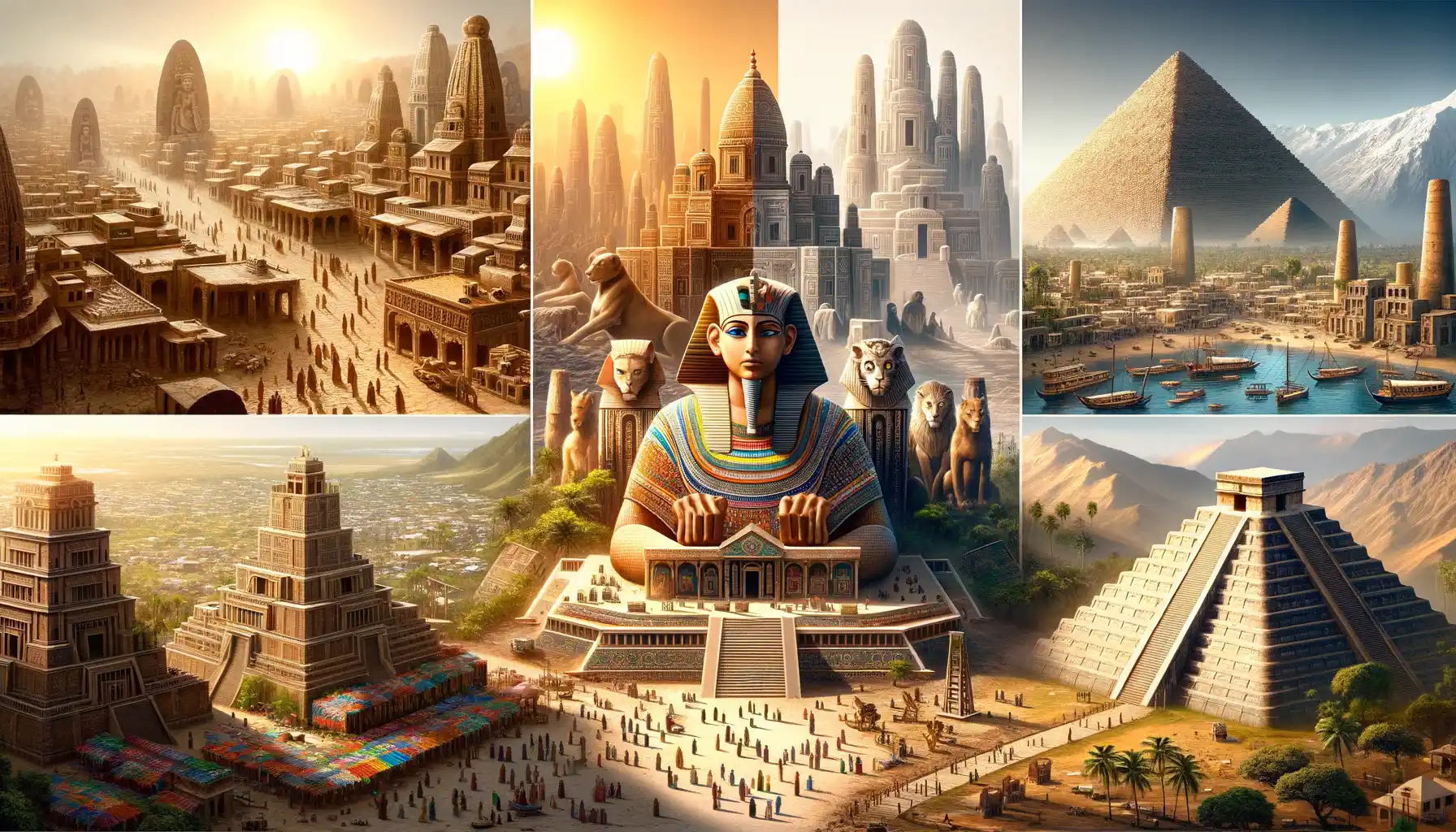Despite the huge number of tokens from this series, only a few were able to become the most valuable Lincoln Wheat Penny. But the problem is that they are very difficult to find, almost impossible.
Of course, if you have a huge fortune, then this will not be a problem for you, but for novice numismatists, we suggest that you familiarize yourself with the really interesting deals in the world of collecting.

Their cost is explained by three key factors:
- Minted using incorrect blanks or defective stamps
- Minted in small quantities due to economic crises, wars, or limited production capacity
- Preserved in perfect condition
1943 Copper Cent
During World War II, copper was needed for the production of ammunition, and in 1943, the US Mint completely switched to minting cents from galvanized steel to preserve copper.
Several 1942 copper blanks that were supposed to be recycled were mistakenly left in the feed bins and were stamped in 1943.
In 2010, a 1943-D Copper Cent in excellent condition was sold at auction for $1.7 million. Another one, the 1943-S, was sold for $1 million in 2012.
1944 Steel Cent
In 1944, the United States returned to minting cents from recycled shell casings, but several 1943 steel blanks ended up in the 1944 production cycle.
As in the case of 1943, the steel plates were accidentally passed through the 1944 stamps.
| Coin | Highest Grade | Auction Record (USD) | Record Year |
| 1943 Cent | MS-64 RB | ~$425,000 | 2018 |
| 1943-D Cent | MS-64 BN | $1,700,000 | 2010 |
| 1943-S Cent | MS-63 BN | ~$1,000,000 | 2012 |
| 1944 Cent | MS-64 | ~$373,750 | 2021 |
Cent 1955 Double Die Obverse (DDO)
The mint discovered the error and destroyed most of the stamps, however, before this happened, about 40,000 coins were minted.
It is estimated that 20,000-24,000 copies have entered circulation.
The most expensive copy in the MS-65+ Red grade was sold at Heritage Auctions for $126,500 in 2023.
| PCGS/NGC Grade | Estimated Price (USD) |
| VF-20 | $1,200 – $1,800 |
| AU-55 | $3,500 – $5,000 |
| MS-60 BN | $7,000 – $10,000 |
| MS-63 RD | $25,000 – $40,000 |
| MS-65+ RD | $70,000 – $126,500 |
Penny 1909-S VDB
In the first year the San Francisco Mint minted only 484,000 copies with the designer’s initials, and since the token was quickly withdrawn, it became instantly collectible — its rarity is multiplied if the piece has a full red luster (RD).
MS-67 Red was sold for $258,500 in 2014.
Penny 1914-D
Although the circulation of 1914-D wasn’t the lowest, this one is considered the second most rare among the pennies.
A copy of the MS-66+ Red was sold for $150,000 in 2017.
Penny 1931-S
Production coincided with the height of the Great Depression, when demand for small coins was extremely low — as a result, only 866,000 pieces.
The perfect MS-67 Red was sold for $105,800 in 2021.
| Coin | Mintage | Price MS-65 Red (USD) | Price XF-40 (USD) |
| 1909-S VDB | 484,000 | $40,000 – $80,000+ | $1,000 – $1,800 |
| 1914-D | 1,193,000 | $80,000 – $150,000+ | $200 – $400 |
| 1931-S | 866,000 | $15,000 – $25,000 | $100 – $200 |
1922 Penny No Mint Mark
There are three types of 1922:
1922-D (Weak D): A faint but visible “D” sign
1922 No D (Weak Strike): The “D” sign is completely missing, weak coinage
1922-D (Strong D): Doesn’t exist
The best known copy was sold at auction for $117,000 in 2008.
| PCGS/NGC Grade | Estimated Price (USD) |
| F-12 | $600 – $800 |
| VF-20 | $900 – $1,500 |
| AU-50 | $3,500 – $5,500 |
| MS-63 BN | $15,000 – $25,000 |
| MS-65 RD | $80,000 – $117,000+ |
Key Examples Sold above $50,000
- 1919-S: Sold in MS-68 Red for $54,050 in 2018
- 1926-S: MS-65 Red was sold for $50,400 in 2006
- 1958 Double Die Obverse (DDO): MS-64 Red was sold for $330,000 in 2018
| Coin | Mintage (Approximate) | Grade Record | Auction Record (USD) |
| 1909 P (No VDB) | 72,709,000 | MS-67+ Red | ~$40,000 |
| 1917 | 196,440,000 | MS-67+ Red | ~$50,000 |
| 1925-S | 26,620,000 | MS-66 Red | ~$85,000 |
| 1958 DDO | – | MS-64 Red | $330,000 |
Where to Find Expensive and Rare Coins
Buy sealed rolls of coins, for example, for 50 cents per roll in cans.
Look for low-circulation years or known errors as usual, even coins from the 1940s in good condition may have little value.
Specialized Platforms for Buying and Selling
Numismatic exhibitions are a great place for direct communication with dealers, exchange of experience and evaluation of coins.
Serious numismatic shops and dealers may have coins available that are difficult to find in circulation.
Online Platforms
Set yourself notifications on eBay, and watch for the appearance of a certain series or a specific coin.
Therefore, just in case, try to buy only those coins that have been certified by a Professional Coin Valuation Service or a Numismatic Guarantee Company.
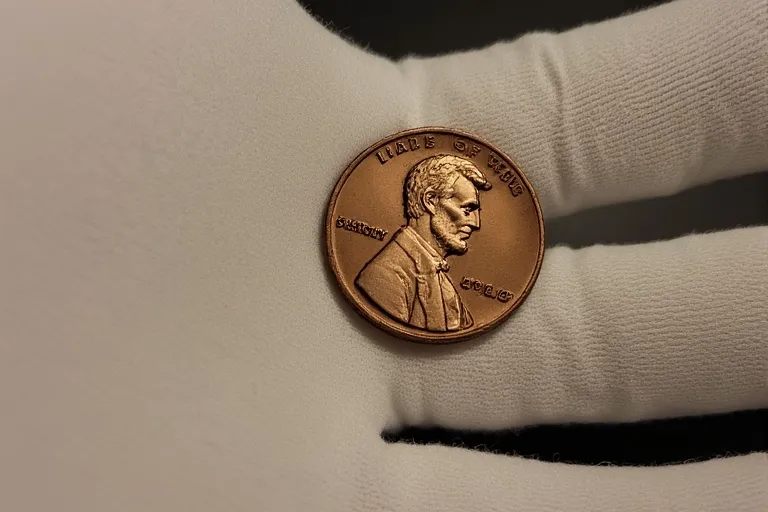
Auction Trading Hacks
Before participating you must study the price records for many days because this research prevents you from paying too much money for a common item later — to set a maximum limit for your bidding early because emotional decisions often lead to overspending at the last minute.
You should always inspect the coin in person before the auction starts because sometimes pictures don’t show small scratches or hairline flaws easily.
Bidding in the final few seconds is a smart tactic because it does not give other buyers enough time to place their higher bids quickly.
Understanding the specific fees and taxes the auction house charges is necessary because those extra costs add significantly to your final total payment amount.
Coin Storage Tricks for Your Collection
You must choose the right materials for keeping your coins safe forever preventing any unwanted problems like spots or corrosion.
You should always use special holders like non-PVC plastic flips or rigid slabs because these materials do not contain harmful chemicals making them safe for your money.
Please avoid cheap soft plastic products found in regular stores because those things contain elements that can cause a sticky green surface on your metal over time.
Finding a dark location inside your home like a safe or strong box is important because bright light sometimes causes colors to change on old copper pieces.
You must remember to hold your coins only by their edges because oils and dirt from your fingers can leave permanent marks, reducing the coin’s overall value a lot.

